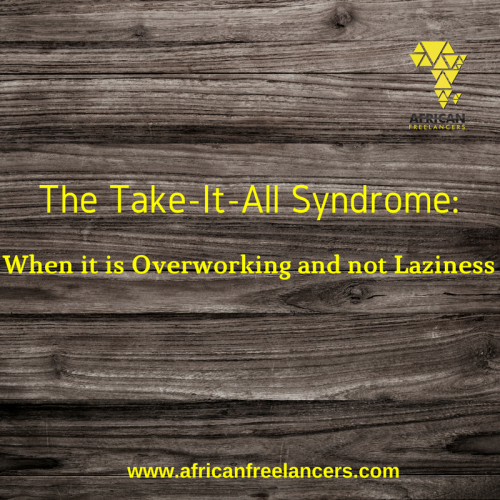A portfolio is how your clients can have a feel of your work experience, hence, a portfolio is an essential marketing tool for any successful freelancer.
Word of mouth is a great tool for freelancing don’t get me wrong, you can get referrals through getting your name out there. But putting a great portfolio on the internet is key.
Now that we have established how a portfolio can come in handy to get a clean break in the freelancing world, the question that should be bugging your mind right about now is how can I put together a freelance portfolio? Not to worry we have aligned some steps to guide you in creating an outstanding portfolio.
STEP ONE – Include The Most Important Element
Cut to the chase, A portfolio is a collection of all your past projects, so if you want a hiring manager to contact you for a freelance job it is advisable to add an explanation of your specialization to preempt questions that someone hiring you might have, such as pricing, niche experience, and working style.
The core function of a portfolio are –
- To show what you can do to make the clients’ lives easier
- To give them a way they can contact you
- To explain the details of the work you provide
Take your time to explain your work experience in your portfolio, and describe your work style.
STEP TWO – Insert Case Studies Of Your Freelance Clients or Anyone You Have Helped
If you have helped someone accomplish a goal or you have been of assistance to someone, then there will be a story to tell. Putting a case study in your portfolio can help you get clients.
STEP THREE – Show What You’re Capable Of Doing
Show what you can do, don’t tell! You’re probably wondering what am I insinuating? I will tell you.
Take the time to explain the work you did on a project, as well as any special circumstances or problems you worked through. That will give potential employers or clients a better idea of your work style and thought process, so they can imagine how they might also work with you.
STEP FOUR – Focus On What Work You Want/Like To Do. And Who You Want To Work With.
This is a great way to call out specific types of organizations or clients you will love to work with and why. Explain your goals.
If you do not have the required project to demonstrate your skill, showing that you have ambition and potential can go a long way.
STEP FIVE – Add ‘Practice’ Projects
A portfolio is not only secluded to paid freelance jobs solely. If you have worked on a project in a training course include them! It is just as important as any other project you work on.
It shows that you’re dedicated even in your own spare time, you still have time to work.
STEP SIX – Talk About Your Education
This is also a good way to leverage your academic excellence, showcasing your education is a great way to fill in any gaps in your portfolio, especially if you just learned a new skill.
It will give visitors more confidence in your abilities while you work on adding more projects.





